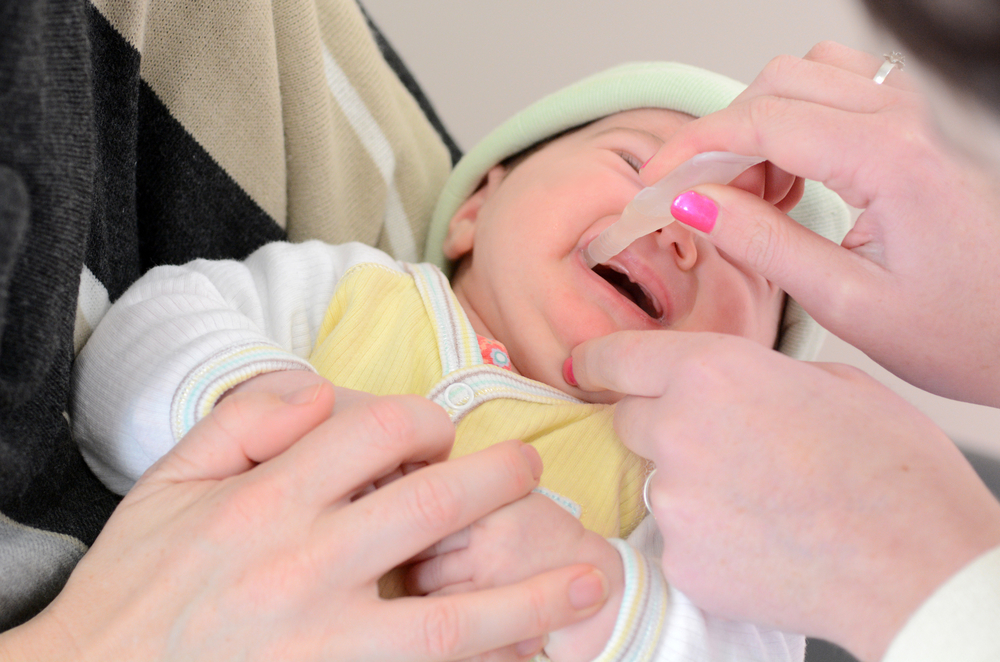With all the mentions of foot and mouth disease (FMD) in the media, parents may be wondering how it could affect their children if it managed to spread. Does it cause hand, foot and mouth disease (HFMD)? Should you be worried about purchasing meat at the supermarket?
Luckily, there are a few myths surrounding HFMD that we’re going to debunk to help put you at ease. Before we get into it, here are the symptoms to look out for in your children:
- Sore throat
- Fever
- small lesions that may appear on the inside of the mouth, sides of the tongue, palms of the hands, fingers, soles of the feet and ‘nappy’ area
- children are often irritable, tired, and may be off their food
- Though it is rare, the virus can affect the lining of the brain or spinal cord, which can lead to more severe symptoms such as seizures, confusion, unsteadiness, and weakness
Myth: Hand, foot and mouth disease and foot and mouth disease are the same
Debunked: Hand, foot and mouth and foot and mouth are two different diseases. FMD affects animals, with an outbreak recently reported in Indonesia that spread to cattle in Bali.
FMD is found in all cloven-hoofed animals, such as sheep, goats, cows, camelids, deer and pigs, though it doesn’t affect horses and zebras.
In comparison, HFMD is a very common viral disease of young children, and is highly contagious from person-to-person, and usually can be avoided with good hygiene practice.
Myth: HFMD is caused by FMD
Debunked: HFMD is caused by a virus (usually from the coxsackie group of enteroviruses, particularly coxsackie virus A16).
Myth: HFMD is spread from animals with FMD
Debunked: HFMD is spread from person-to-person, with direct contact with fluid from the skin blisters, nose and throat discharges (including saliva, sputum or nasal mucus), droplets (sneezing or coughing) and faeces.
Myth: If it’s a disease, it has a treatment
Debunked: There is no specific treatment, but you can reduce your child’s chances of contracting HMFD.
Teaching your children about good personal hygiene is the first step, and following the impact of the coronavirus pandemic, this shouldn’t be too difficult. These teachings should include how to properly wash their hands, as well as keeping their hands away from their faces and not putting things in their mouths.
Washing your hands frequently is vital, as well as cleaning and disinfecting common areas with antibacterial and antiviral products.
Myth: HFMD symptoms only appear on the hands, mouth and feet
Debunked: The signature blisters of HMD can appear anywhere, though the hands, mouth and feet are the most common. Both children and young adults can also develop a rash across the buttocks, so it’s important to keep the blisters clean and untouched.
Myth: HFMD can only be contracted once
Debunked: HFMD can be contracted more than once, and can be spread to adults. Though adults tend to be asymptomatic, it is vital you practice good hygiene around your children to help further prevent the spread.
Remember, if you’re ever unsure and require urgent care, you can skip the waiting room time by calling our senior children’s specialists, active in emergency and acute care across Australia.







